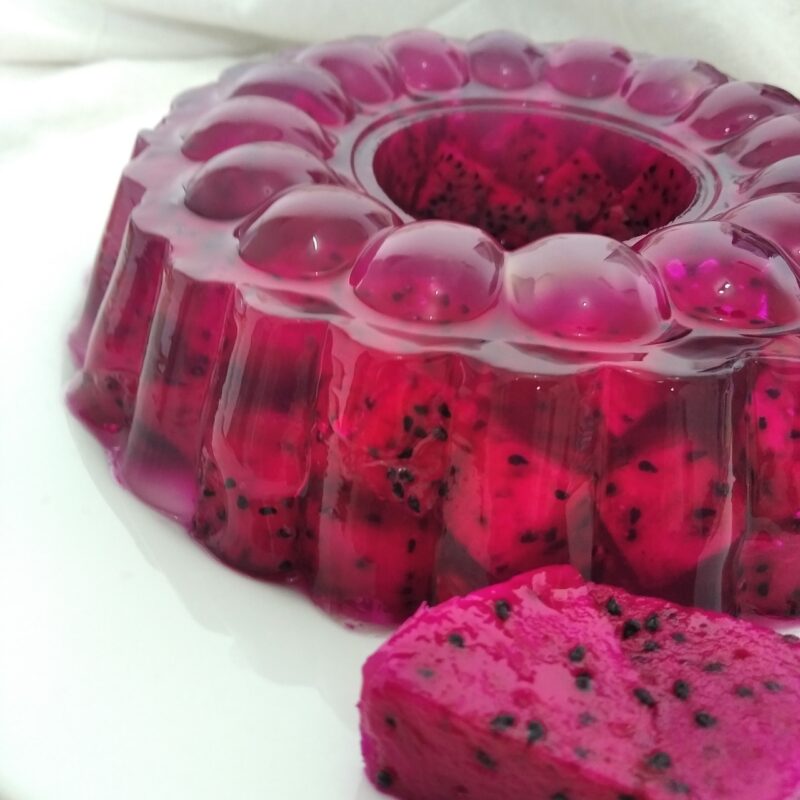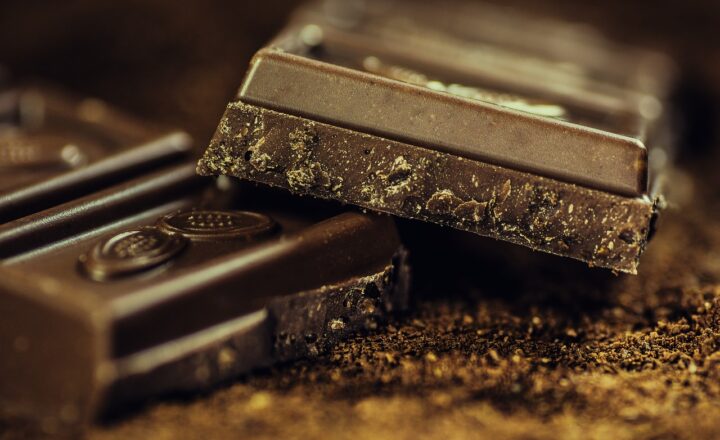From Jelly Meat to Gelatin Cocktails: The Rise of Food Gelatinization
November 13, 2024

Food gelatinization has undergone a remarkable transformation through the ages. From humble origins in local kitchens to the glitzy cocktail parties of today, the journey of gelatin is as fascinating as it is delicious.
In this article, we will explore the history, methods, and innovations surrounding food gelatinization that have made it a staple in modern cuisine.
1. The Origins of Gelatin: A Historical Perspective
The story of gelatin dates back centuries. Early records suggest that the use of gelatinous substances began as far back as the ancient Egyptians, known for making a form of jelly from animal bones, skin, and connective tissues. By the 19th century, gelatin extraction methods had improved significantly, leading to its commercial production.
During this time, recipes for dishes like aspics—savory jellied preparations often made with meats and vegetables—became fashionable. The culinary elite embraced gelatin for its ability to preserve foods, create attractive presentations, and enhance flavors. Through the development of commercial gelatin powders and sheets in the late 1800s, chefs found new avenues for creativity.
2. The Science Behind Gelatinization
Gelatin is derived from collagen, a protein found in animal connective tissues. The process of gelatinization involves heating gelatin in water, which breaks down the collagen fibers. When cooled, these fibers re-form into a semi-solid structure, resulting in the jellied consistency familiar in many culinary applications.
This gelatinous matrix creates a unique mouthfeel and can hold flavors and aromas superbly. The versatility of gelatin allows chefs to play with textures and appearances. Whether it’s a smooth panna cotta, a layered aspic, or the delicate wobble of a jelly dessert, gelatin serves as the backbone of many flavorful experiences.
3. Gelatin in Modern Cuisine: Innovations & Trends
In recent years, the food industry has seen an explosion of interest in innovative uses for gelatin. No longer limited to traditional recipes, chefs are now experimenting with modern techniques such as:
- Molecular Gastronomy: The use of gelatin in molecular gastronomy has led to the creation of unusual textures, such as spheres that burst that are filled with flavorful liquids, often called spherification.
- Decorative Plating: Gelatin is used as a canvas for artistic presentations. From intricate layers to colorful cakes, chefs utilize color and shape to produce stunning dishes.
- Cocktail Gelatins: Crafted gelatin cocktails—think gin and tonic jellies or margarita shots—have become trendy in bars across the globe, offering an adventurous way to enjoy your favorite drinks.
The endless possibilities create excitement around gelatin, drawing the culinary community to continue experimenting and reimagining their approach.
4. DIY Gelatin at Home: A Simple Guide
Making your own gelatin-based dishes at home can be a rewarding experience. Here’s a simple guide to getting started:
- Choose Your Gelatin: You can pick either sheet gelatin (also known as leaf gelatin) or powdered gelatin. The choice depends on your specific recipe and personal preference.
- Soften the Gelatin: For sheet gelatin, soak it in cold water for 5-10 minutes. For powdered gelatin, sprinkle it over cold water and let it bloom for about 5-10 minutes until it’s spongy.
- Heat the Liquid: Gently heat the liquids you plan to use in your dish but avoid boiling. This could be fruit juices, broth, or even cocktails.
- Incorporate the Gelatin: Stir the softened gelatin into the warm liquid until fully dissolved, ensuring no lumps remain.
- Refrigerate Until Set: Pour your mixture into molds and refrigerate for several hours or until firmly set. With this basic recipe, the flavor possibilities are endless!
This process opens up a world of gelled delights to explore.
5. Health Aspects of Gelatin: Myths and Facts
While gelatin has been heralded for its culinary properties, there are also health considerations worth noting. Gelatin contains proteins essential for human health, providing amino acids that may support joint health and skin elasticity. However, concerns about dietary restrictions, particularly for vegetarians and vegans, arise since traditional gelatin is animal-derived.
Innovations like agar-agar, carrageenan, and pectin have emerged as vegetarian-friendly alternatives. Still, those who consume gelatin can enjoy a treat that brings pleasurable culinary sensations while offering certain health benefits as well.
Conclusion: A Versatile Ingredient in Evolution
The rise of gelatin in food preparation reflects its culinary versatility and the innovative spirit of chefs around the globe. From jelly meat roots to futuristic cocktails, gelatin has carved its place in contemporary gastronomy. Whether enjoyed as a comforting dessert or an avant-garde creation, gelatinization represents not just a technique but a celebration of flavor and imagination in food.
With the continued exploration of this fascinating ingredient, the possibilities for gelatin dishes are bound to expand further in the culinary landscape.







